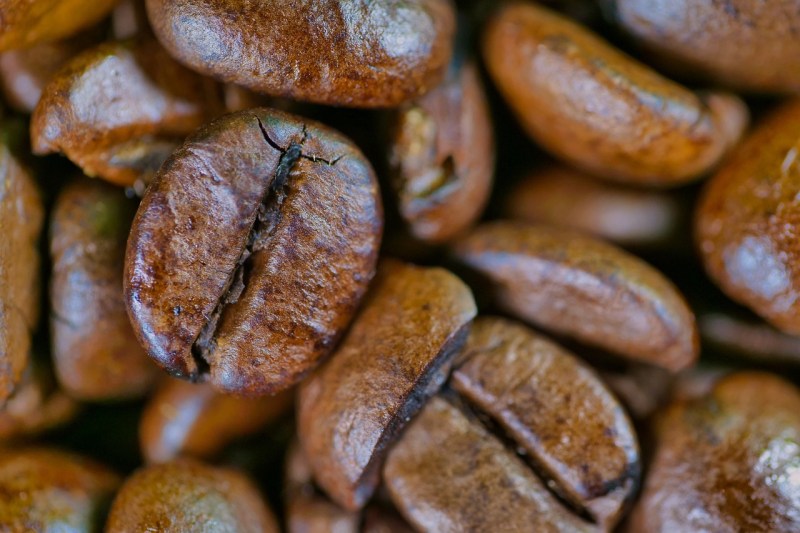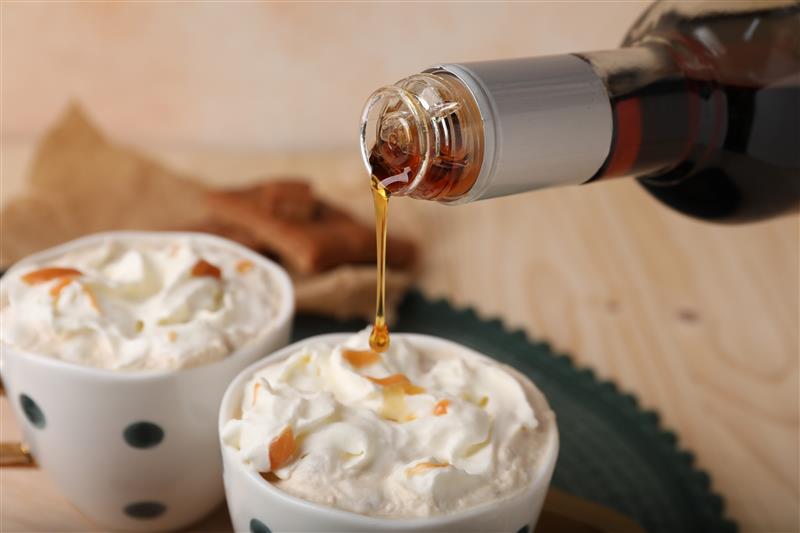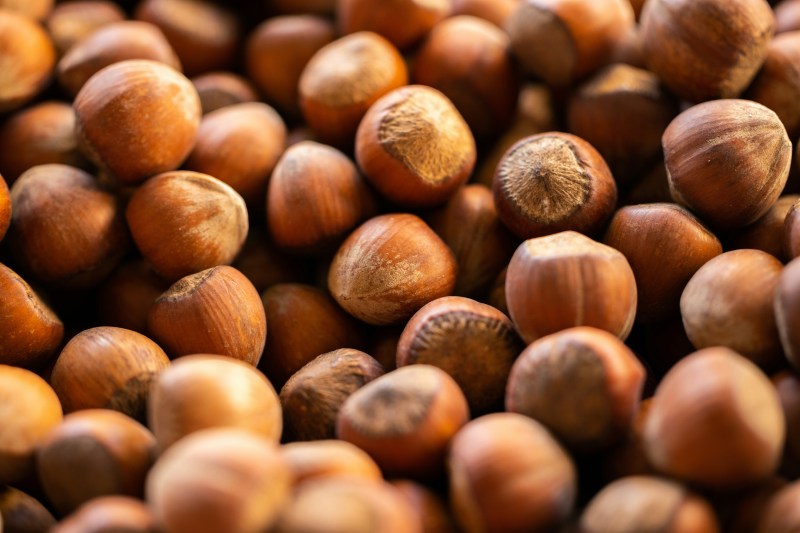When I think of classic flavored coffee, hazelnut is one of the first flavors that comes to mind. Hazelnut coffee is almost like my version of comfort food, except in coffee form. The slightly nutty, sweet taste of hazelnut works perfectly, whether it’s a regular hot coffee or an iced coffee. You can find hazelnut coffee at almost any coffee shop, but it’s also super easy to make at home. Here’s how to make hazelnut coffee in three ways.
How to make hazelnut coffee using flavored beans

Ultimately, how you choose to make hazelnut coffee comes down to personal taste preferences. The easiest method to make hazelnut coffee is to use pre-flavored hazelnut coffee beans or ground coffee, which is infused with hazelnut flavor before brewing. Many top coffee brands offer hazelnut coffee beans, providing a convenient way to enjoy hazelnut coffee without adding extra steps to your coffee routine. The downside, however, is that many of these hazelnut coffee products have an artificial hazelnut flavor that can be overpowering. The good news, however, is that this method also doesn’t add extra time to your brewing routine.
Hazelnut syrups, sweeteners, and creamers

For a bolder hazelnut coffee taste, adding flavored sweeteners or flavored coffee syrups is the way to go. What I like about using hazelnut syrup is that you have control over how bold you want the flavor to be. It’s an easy and simple addition to your morning coffee routine and works well for hot or cold coffees. You can find tons of options for both sugar-free and regular hazelnut syrups online or at any grocery store.
I prefer this method over using hazelnut flavored coffee, as it gives me more control over using higher-quality coffee beans, such as single-origin coffee. Many higher-end coffees don’t come in flavored varities, so this gives you the best of both worlds. One of my favorite sweeteners to use is SweetLeaf Sweet Drops, which adds a natural hazelnut flavor and sweetness to the coffee without adding sugar.
If you enjoy drinking your coffee black, adding hazelnut coffee creamer certainly isn’t the best option for you. However, if you’re already adding creamer to your coffee, hazelnut-flavored coffee creamer is also an option. Recently, many better-for-you brands have introduced hazelnut coffee creamers, such as the Nut Pods dairy-free hazelnut creamer.
Using hazelnut extract

Hazelnut extract is usually used in cooking or baking, but it also adds the perfect essence of hazelnut to any cup of coffee. This method for making hazelnut coffee can be easily adjusted to suit your taste preferences. I found one teaspoon to be sufficient for a standard 8- to 10-ounce cup of coffee, but you may need to add more if you’re looking for a stronger hazelnut flavor. I find the flavor to be more of a light “hint” of hazelnut, compared to a more artificial flavor than other options like hazelnut syrup or sweetener. Ultimately, there’s no wrong way to make hazelnut coffee. In my opinion, the best choice is the one you find tastes the best and is easiest for your lifestyle.




